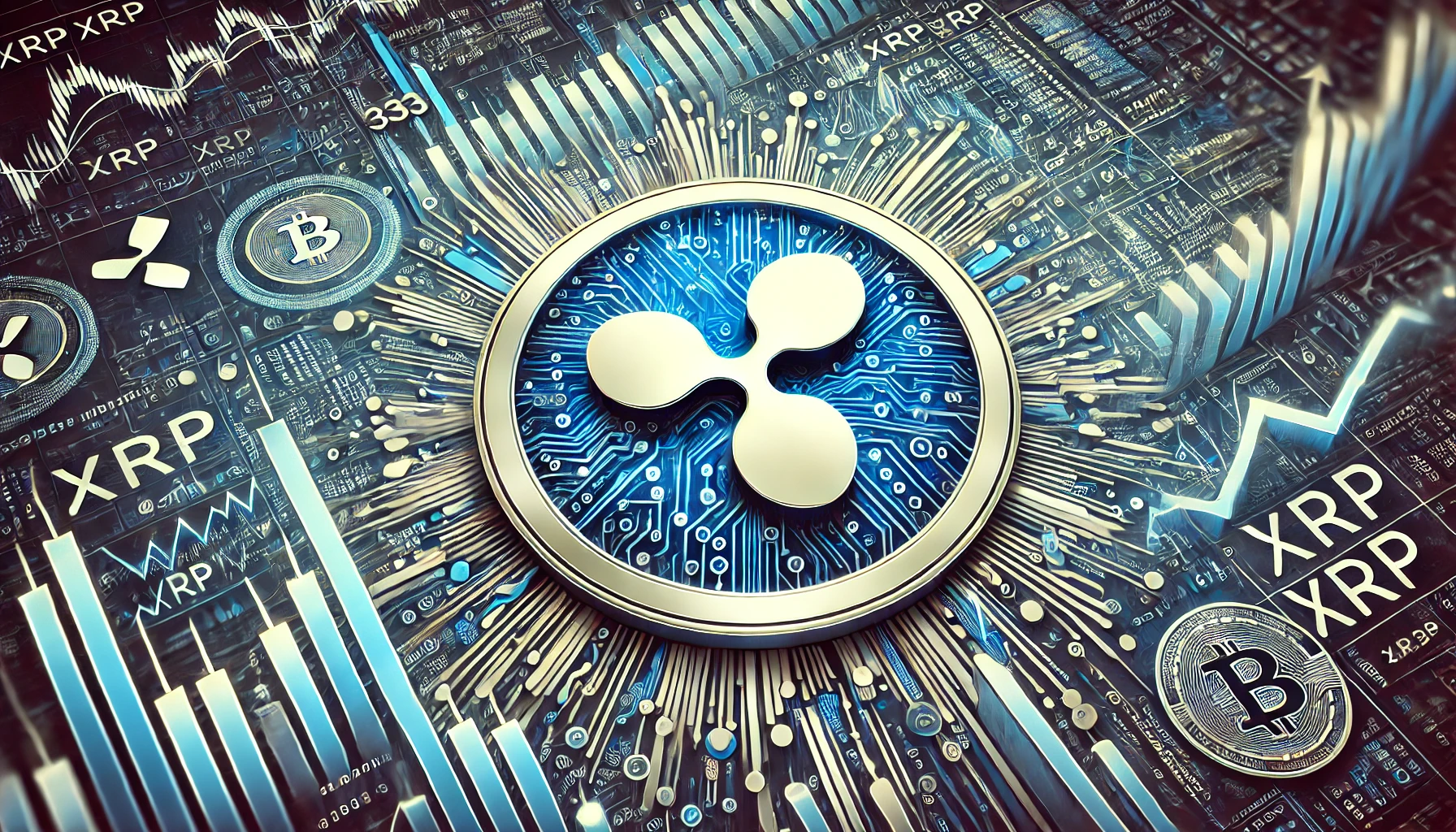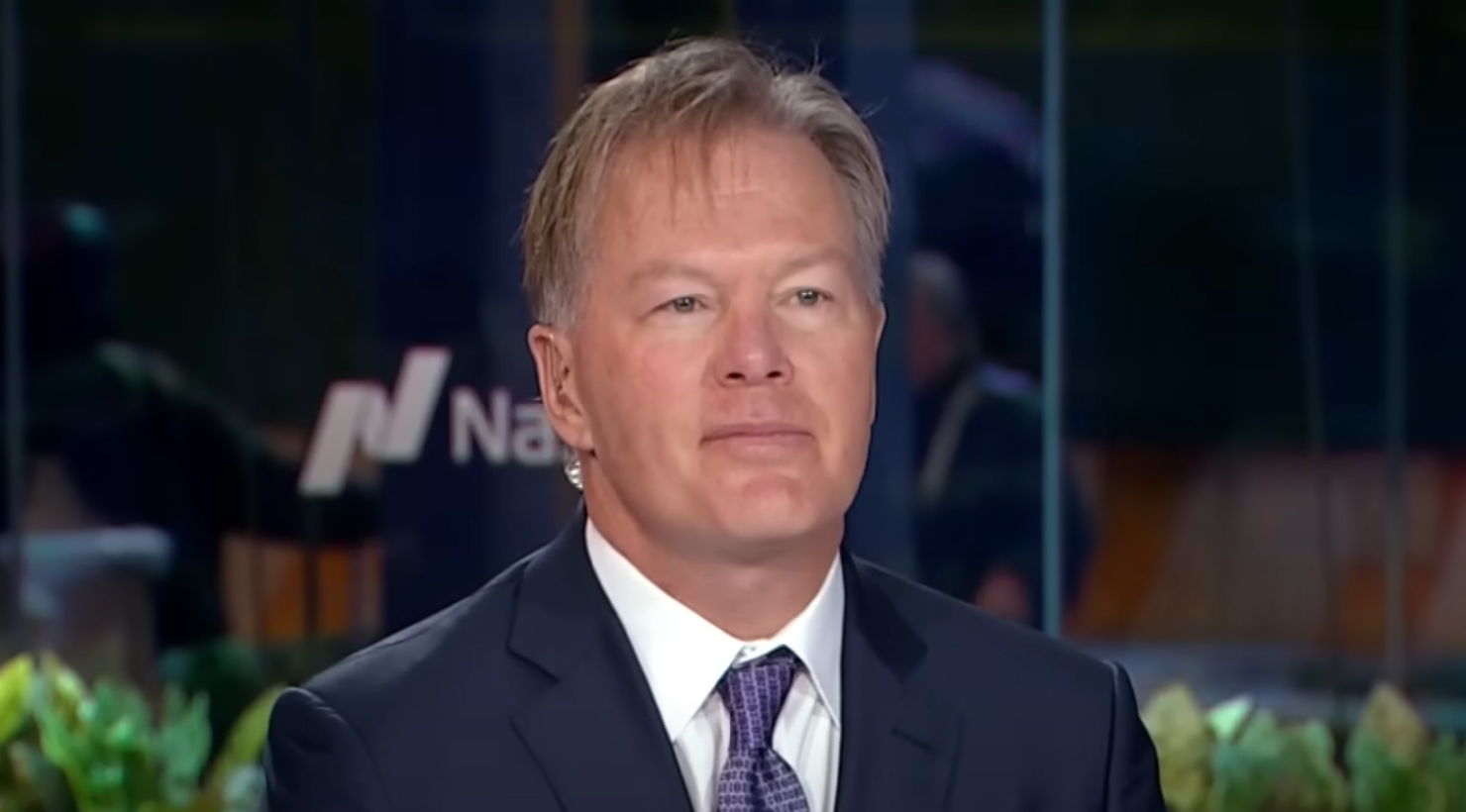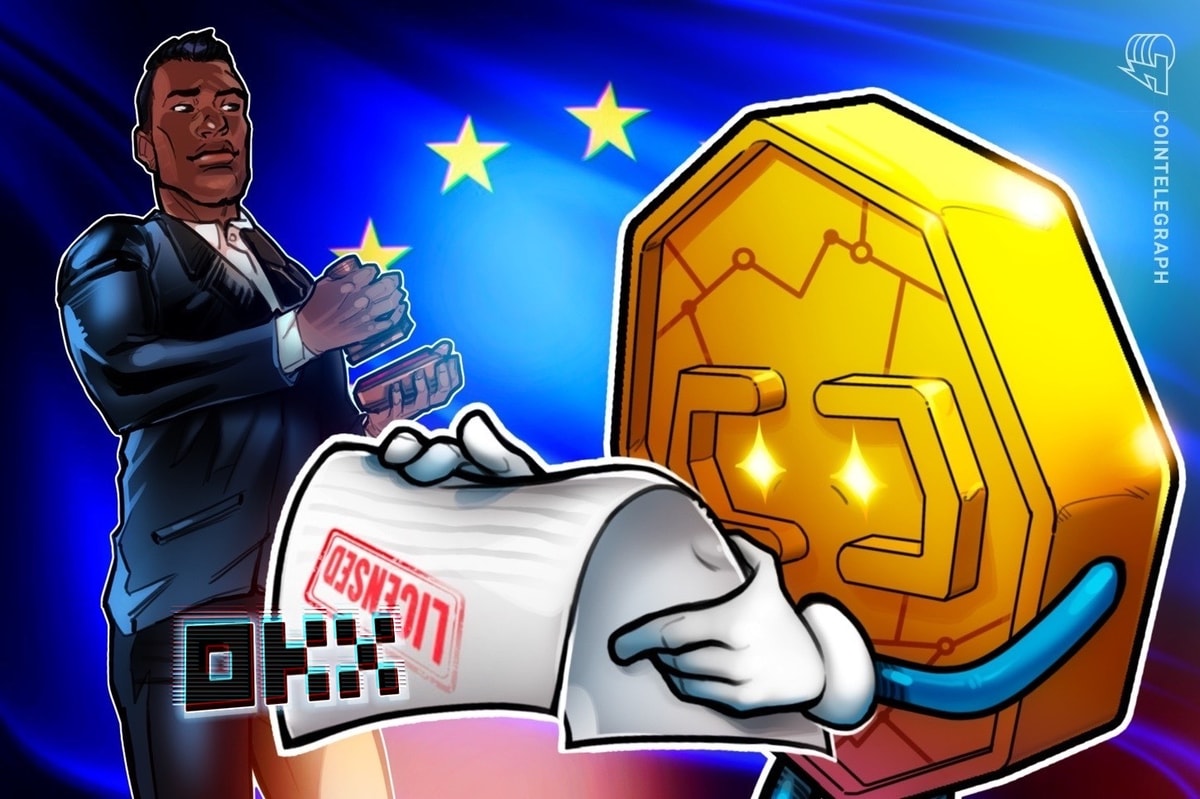Pardon, Pro-Crypto Regulations, and Stablecoin Oversight
The first promise he fulfilled was the pardon of Ross Ulbricht. Ulbricht is the creator of the infamous Silk Road platform. It was one of the most popular dark web platforms. People could purchase various illegal substances with Bitcoin on the platform. The court sentenced Ulbricht to two life sentences plus an additional 40 years.
Trump kept his promise by granting Ulbricht a full pardon. While this may seem trivial, Ulbricht enjoys great respect. He enjoys respect not only in the Bitcoin community but also in the entire libertarian movement. This movement strongly supported Trump.
Formation Of A Working Group
The second major promise was forming a working group. The group would create pro-crypto regulations. These regulations aim to make the U.S. the crypto and Bitcoin capital of the world. The focus is on using crypto to strengthen innovation and the U.S. economy.
The Executive Order titled “Strengthening American Leadership in Digital Financial Technology” was signed. It issued a directive to form a crypto working group. David Sacks chairs the group. He has been called the Crypto & AI Tsar.
Some of the prominent positions in the group include the Secretary of the Treasury, Secretary of Commerce, Attorney General, SEC Chairman, and CFTC Chairman. These positions clearly indicate that Trump’s administration sees crypto as a strategic priority.
Regulation of Stablecoins
The third promise concerned the regulation of stablecoins based on the U.S. dollar. The Executive Order states that the working group will propose a federal regulatory framework to govern the issuance and operation of cryptocurrencies, particularly including stablecoins. The group’s report will especially consider provisions for market structure, oversight, consumer protection, and risk management.
It’s clear that Trump places great hope in the continued dominance of the dollar through stablecoins. A clear and favorable regulatory framework would boost the dollar’s dominance. This is especially true considering the European regulation on crypto assets, known as MiCA. MiCA is stifling stablecoin issuers, particularly those based on non-euro currencies.
As a major advocate for stablecoins issued by private companies (like USDT and USDC), Trump banned CBDCs. He banned the U.S. government from introducing Central Bank Digital Currencies. This fulfilled another promise made to his voters. He promised to never allow the government to take away Americans’ freedom.
CBDCs limit freedoms by confiscating or freezing funds in an account. This is already possible with current systems. However, CBDCs go a step further. They can track what someone spends their money on. This is money that was already taxed. CBDCs can also dictate what people can or cannot spend their money on. They can require people to spend it within a specific timeframe.
They could even restrict spending entirely for a set period. The possibilities for abuse and control over citizens are significant. Perhaps, that’s why it is no surprise that China has made the most progress with stablecoins. In Trump’s America, CBDCs will not exist.
Bitcoin Strategic Reserves
The fourth and probably most important promise from Trump, which concerned the creation of Bitcoin strategic reserves for the U.S., has not yet been fulfilled. But is that really the case? The Executive Order itself states that the working group will evaluate the potential creation and maintenance of a national crypto reserve and propose criteria for establishing such a reserve, potentially acquired through cryptocurrencies seized by the federal government in legal proceedings.
If we read more carefully, we’ll see that Bitcoin is not mentioned anywhere, but only a national crypto reserve. Through linguistic interpretation, we can conclude that the U.S. may or may not create crypto national reserves, and they may or may not include Bitcoin.
Bitcoin as the Preferred Asset Over Other Cryptocurrencies
Also, the U.S. government can acquire cryptocurrencies for national reserves through seizures or other means, such as direct purchases. However, two important points need to be made:
- First, if Trump himself announced the creation of Bitcoin strategic reserves and instructed the working group to conduct a detailed cost-benefit analysis of establishing a crypto national reserve, considering his pro-crypto policy, it’s unlikely that the working group would give a negative opinion or recommend that America, under Trump’s leadership, which wants to become the crypto capital, does not form crypto national reserves.
- Second, if we examine the existing strategic reserves of countries (including the U.S.), we see that they primarily consist of commodities like gold and oil. These commodities have no issuer, and the free market determines their prices based on supply and demand, geopolitical events, etc. Among all cryptocurrencies, only Bitcoin qualifies as a commodity because it has no issuer and no counterparty risk.
All other cryptocurrencies, such as Ether, Solana, Cardano, XRP, etc., have issuers and people and organizations behind them. In other words, if America were to decide to create crypto national reserves that included Ether, Solana, or XRP, it would mean that the U.S. government unequivocally stands behind the people behind those projects.
The Future of Crypto Reserves and Trump’s Long-Term Impact on the Market
Given that America’s current strategic reserves contain commodities like gold and oil but not stocks of major U.S. companies (like Apple, Microsoft, Nvidia, etc.), it’s unlikely that the U.S. government would set a precedent that would send a clear message to the world that they trust crypto projects with market capitalizations of a few tens or hundreds of billions more than they trust the most powerful U.S. companies.
This means that the remaining (and best option) would be to create crypto national reserves exclusively from the only cryptocurrency that has commodity status, and that’s Bitcoin.
We must note that a detailed analysis of cryptocurrency price movements after Trump’s inauguration should include other crucial parameters. These include the inflation rate, U.S. jobs report, interest rates, and various geopolitical circumstances. These factors significantly exceed the scope and nature of this article.
In conclusion, after conducting a detailed analysis, we find that Trump has, so far, fulfilled most of his promises to the crypto community; whether the price movements of cryptocurrencies reflect that at this moment is another question.
P.S. The Trump meme coin, which caused (at least temporarily) huge euphoria, was not the subject of this article’s analysis for a reason. The focus of this article was on the long-term sustainability of Trump’s promises and the development of the crypto industry, not pure speculation. However, it may eventually turn out that the Trump coin will become one of the most significant cryptocurrencies. If that happens, the author officially promises to dedicate at least one serious article to it.

















 English (US) ·
English (US) ·